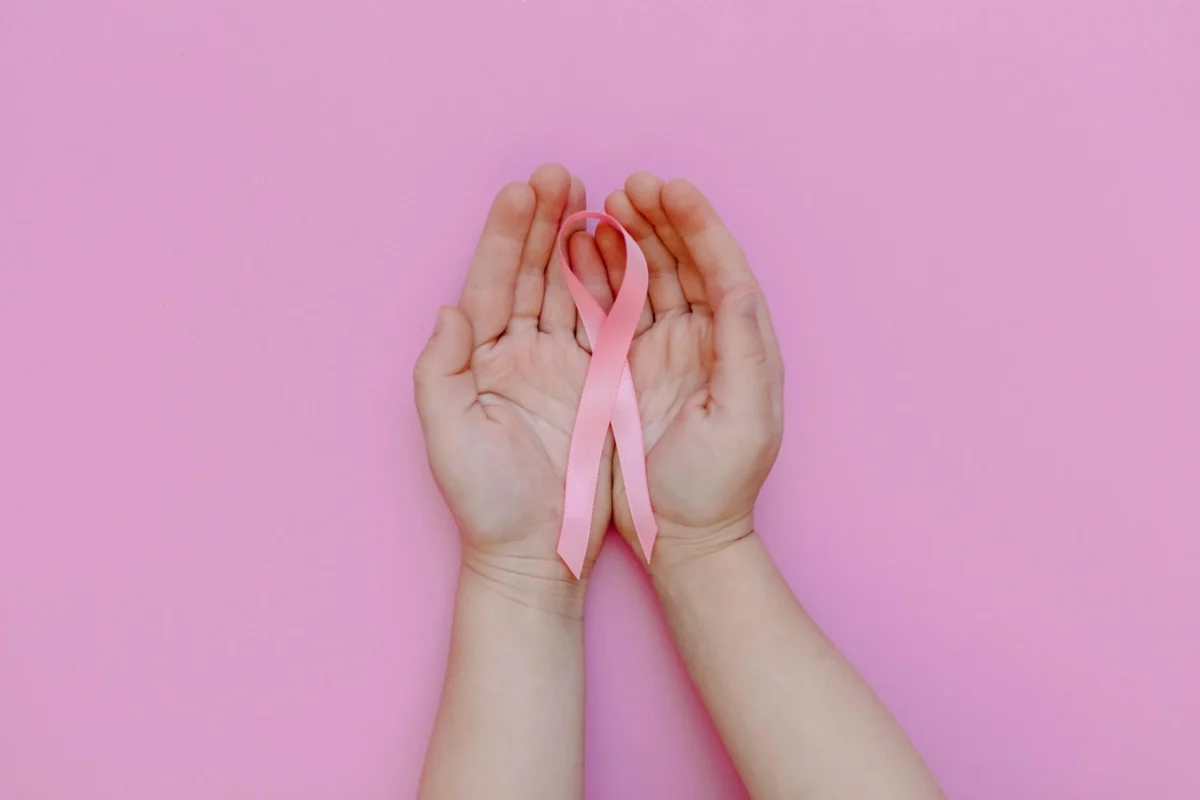Breast cancer is one of the most common cancers affecting women worldwide. Understanding the stages of breast cancer is crucial for early detection, treatment, and prevention. The stages help determine the extent of the disease and guide doctors in deciding the most effective treatment plan. In this article, we will explore the five stages of breast cancer, how they are categorized, and offer tips for prevention.
5 Stages of Breast Cancer
Stage 0: In Situ or Non-Invasive Breast Cancer
At this early stage, the cancer is localized and has not spread beyond the milk ducts or lobules. The most common form of stage 0 breast cancer is ductal carcinoma in situ (DCIS). DCIS is a collection of abnormal cells that are confined to the milk ducts and have not spread to surrounding tissues.
- Treatment: Treatment may include surgery to remove the affected tissue, and sometimes radiation therapy is recommended to prevent recurrence.
Stage I: Early Stage Invasive Breast Cancer
At stage I, the tumor is small and has not spread to the lymph nodes. This stage is considered early invasive breast cancer, meaning cancer cells have broken out of the ducts or lobules and invaded surrounding tissues.
- Tumor size: The tumor is 2 cm or smaller.
- Lymph node involvement: No lymph node involvement.
- Treatment: Surgery, such as a lumpectomy or mastectomy, is commonly used. Radiation therapy and chemotherapy may also be recommended depending on the individual case.
Stage II: Locally Advanced Breast Cancer
In stage II, the tumor has grown larger or has spread to nearby lymph nodes but has not yet spread to other distant organs. This stage is further divided into stage IIA and IIB based on tumor size and lymph node involvement.
- Stage IIA: The tumor is between 2-5 cm or there are cancer cells in the nearby lymph nodes.
- Stage IIB: The tumor is larger than 5 cm, or there is cancer spread to nearby lymph nodes.
- Treatment: Surgery, chemotherapy, radiation, and hormonal therapy are commonly used at this stage. The treatment plan depends on tumor size and lymph node involvement.
Stage III: Advanced Localized Breast Cancer
Stage III is a more advanced stage, but cancer has not yet spread to distant organs. It is further divided into stage IIIA, IIIB, and IIIC based on the size of the tumor and lymph node involvement.
- Stage IIIA: The tumor may be any size, and cancer has spread to lymph nodes under the arm or near the breastbone.
- Stage IIIB: The cancer has spread to the chest wall or skin and may cause swelling or redness.
- Stage IIIC: The cancer has spread to several lymph nodes or to lymph nodes near the collarbone.
- Treatment: Treatment typically involves a combination of surgery, chemotherapy, radiation therapy, and possibly targeted therapy or hormone therapy.
Stage IV: Metastatic Breast Cancer
Stage IV breast cancer, also known as metastatic breast cancer, occurs when the cancer has spread to distant parts of the body, such as the bones, liver, lungs, or brain. This is the most advanced stage of breast cancer.
- Symptoms: Symptoms may vary depending on where the cancer has spread, but common signs include bone pain, difficulty breathing, and headaches.
- Treatment: While stage IV breast cancer is not curable, treatment options aim to control the cancer, alleviate symptoms, and improve the quality of life. Treatments include chemotherapy, targeted therapy, hormone therapy, and sometimes immunotherapy.
Preventing Breast Cancer
While not all cases of breast cancer can be prevented, there are several steps women can take to reduce their risk:
- Regular Screening: Routine mammograms and self-breast exams can help detect breast cancer early when treatment is most effective.
- Healthy Diet: A balanced diet rich in fruits, vegetables, and whole grains can support overall health and reduce cancer risk.
- Exercise: Regular physical activity is linked to a lower risk of developing breast cancer.
- Limit Alcohol Consumption: Reducing alcohol intake can lower the risk of breast cancer.
- Maintain a Healthy Weight: Being overweight, especially after menopause, increases the risk of developing breast cancer.
- Know Your Family History: If you have a family history of breast cancer, discuss genetic testing and screening with your doctor.
Conclusion
Understanding the stages of breast cancer is essential for early detection and treatment. While the progression of the disease can vary from person to person, early detection through regular screenings is crucial for improving survival rates. In addition, lifestyle changes such as maintaining a healthy diet, regular exercise, and avoiding alcohol can help reduce the risk of breast cancer. Stay informed, stay proactive, and consult with your healthcare provider to take control of your breast health.
